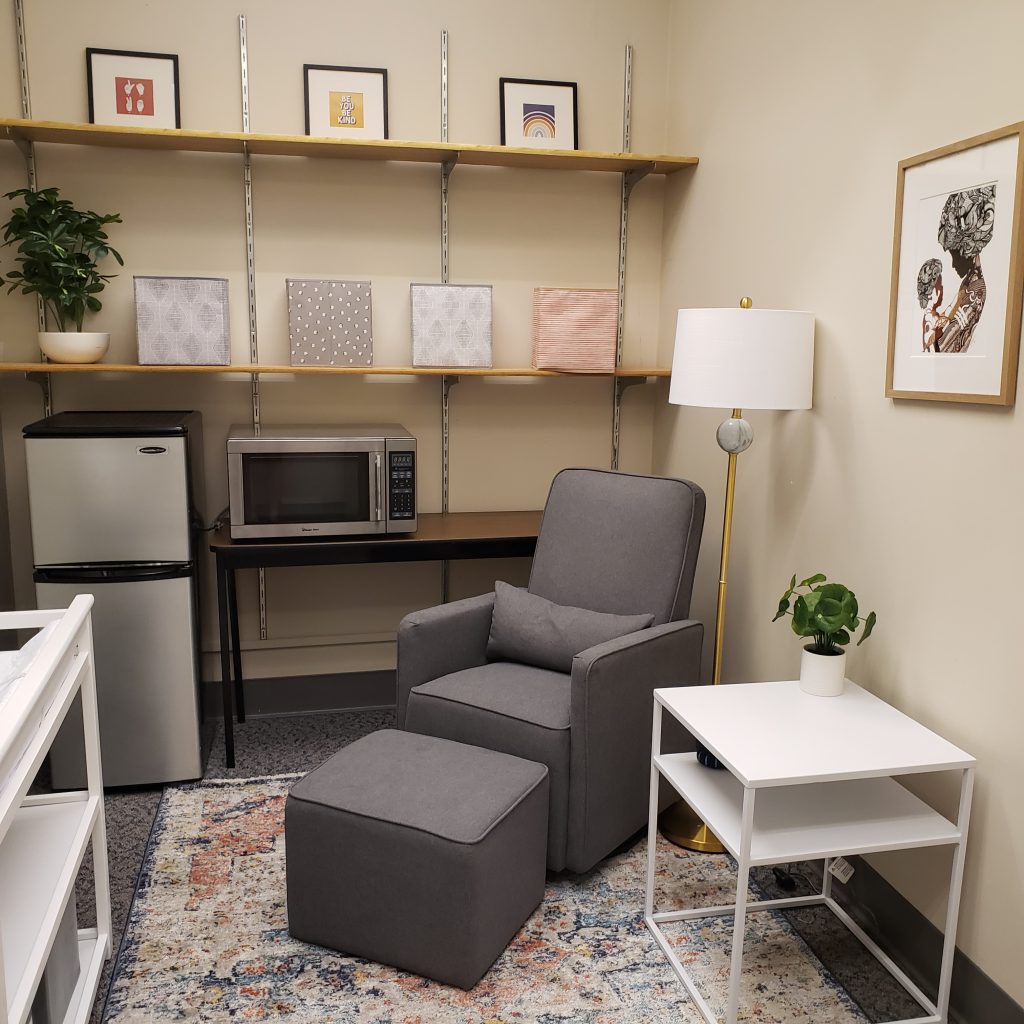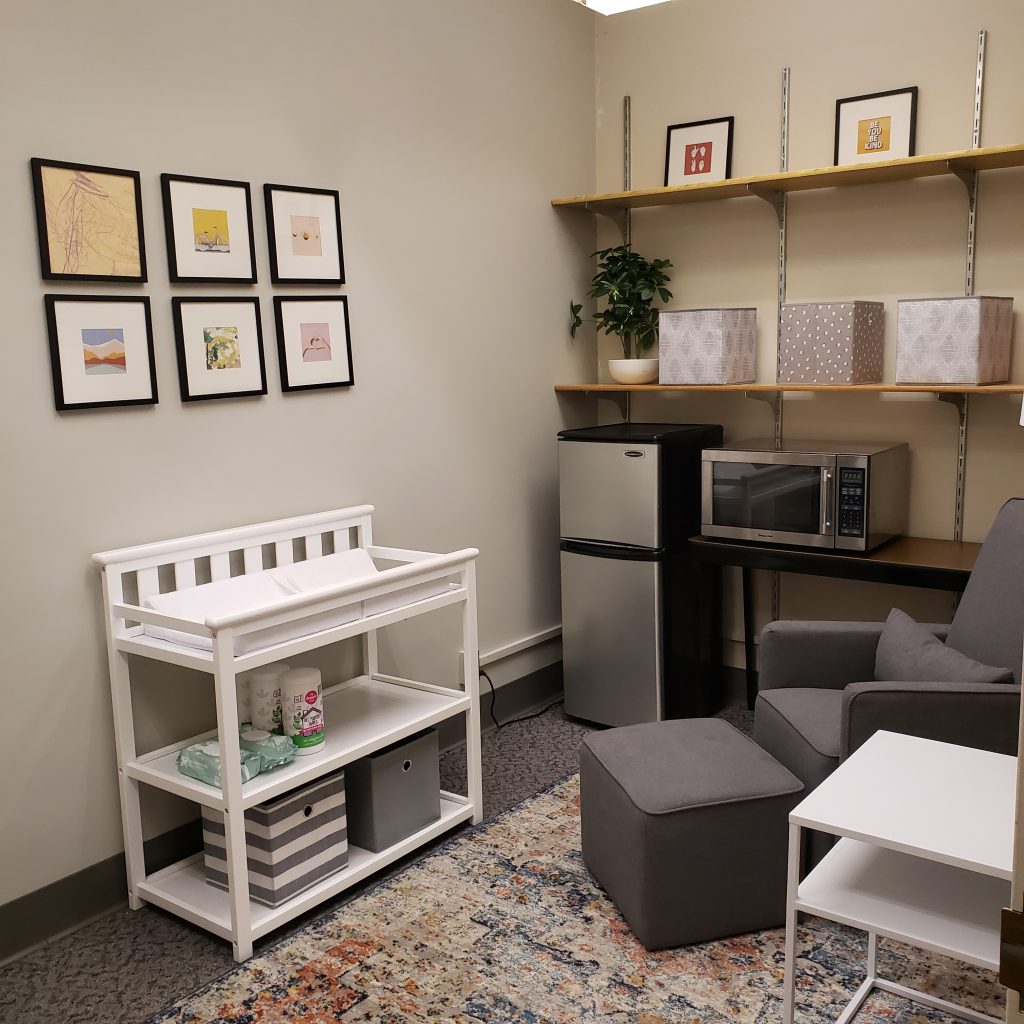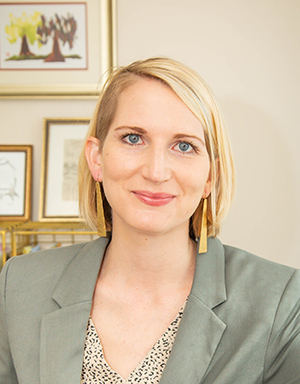In 2019, Elise Toedt was a new parent starting a doctoral program in Curriculum and Instruction. She was taking and teaching courses which required her to be on campus for long periods of time while needing to find a place to express milk for her baby every three hours. “This meant lugging my pump and pump parts around campus, finding places to pump in privacy, washing my pump parts and storing the milk in a fridge to keep it cold.” The unused office space she was offered felt inadequate.
“I already felt frazzled trying to balance single parenting and my scholarship, and I wondered if other parents, with differing intersections of identity which present barriers in higher education, might also feel ostracized by the lack of a lactation space,” Toedt says.
She took action to create the space she needed with the support of the C&I Graduate Student Organization (CIGSA). They successfully applied for a Campus Climate Microgrant through the Office of Equity and Diversity for $1000 to create a lactation space and meditation space in Peik Hall. (There is currently a meditation space that is a dedicated room but without much seating).
The converted storage space is now comfortably furnished with a nursing chair, a new rug, lamp, artwork, and a mirror for changing. The space includes a refrigerator for milk storage, a microwave for sterilizing pumping accessories, and a baby changing table in case a parent comes to bottle or nurse while in class.
Toedt’s work to provide a lactation space is closely aligned with her research. She is conducting a qualitative research study that explores the embodied experiences of PK-12 lactating teachers in the U.S. The study establishes the need for workplace lactation accommodations and illustrates one specific gender-equity issue resulting from the traditional design of American schools and workplaces that do not take into account nursing parents.
“By creating a lactation space, one barrier is removed,” Toedt explained. “ But as a nation we fail to provide sustainable, wrap-around support for lactating parents and parents generally, like paid parental leave, assistance with childcare costs, and affordable health care.”
There is still much work to do, but Toedt and her collaborators’ work is a step in the right direction, especially for CEHD students balancing the demands of school and the care of their infants.
See a map of lactation spaces on campus and instructions on how to reserve a room.
Find out more about the work of the Lactation Advocacy Committee that supports nursing parents at the University of Minnesota.







